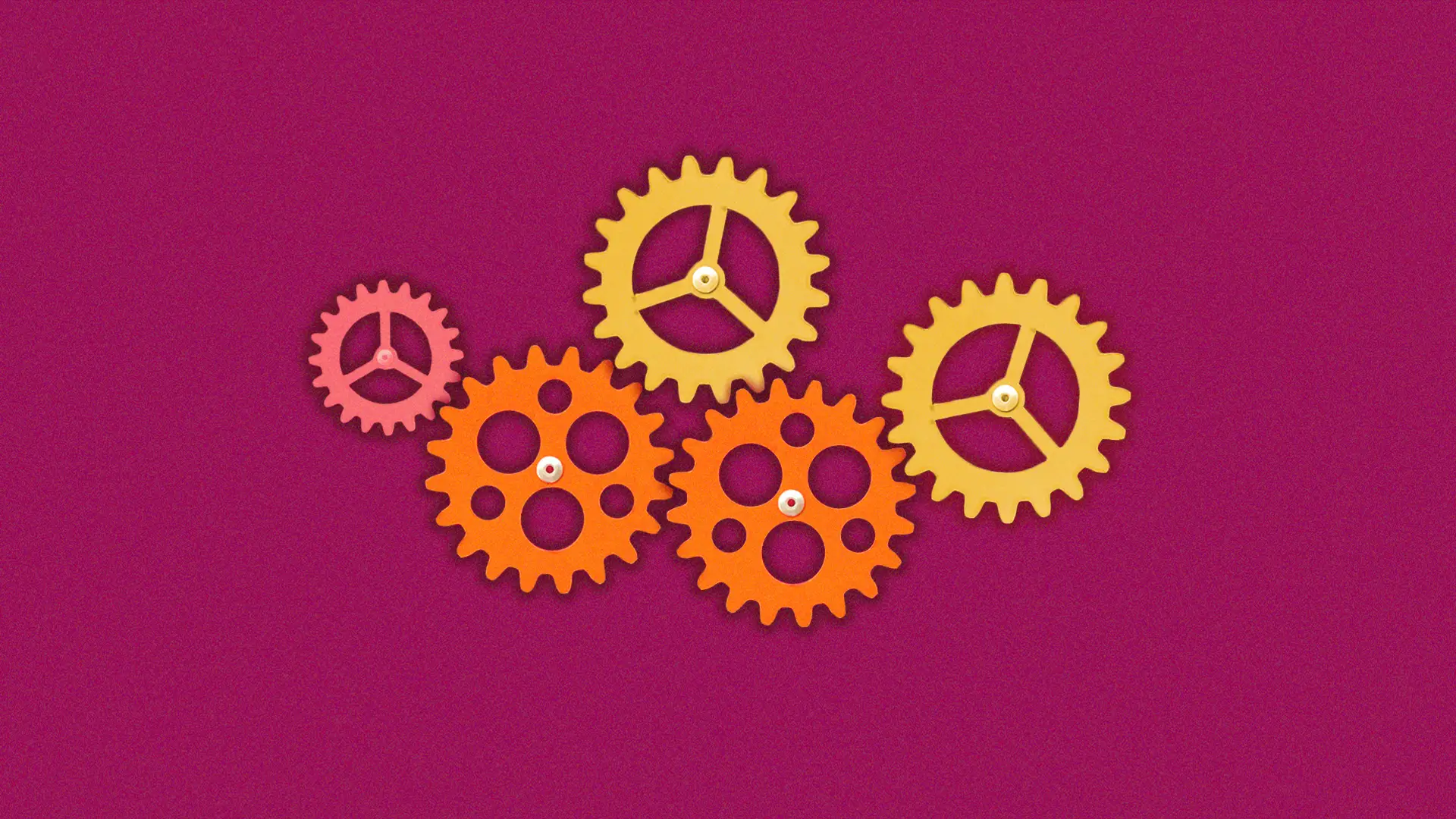

Key Takeaways
- Businesses should prioritize human-centric onboarding experiences driven by empathy and respect.
- Only 12% of employees feel their company does a good job onboarding new team members, while the rest experience lackluster onboarding.
- The New Day One concept aims to create a personal and customized onboarding experience for new employees.
- The four distinct parts of The New Day One include: acclimation, conversation with a virtual lunch, inspiration, and reflection.
Empathy. Compassion. Respect. Humility. These are some core values that must drive actions within a healthy, inclusive, environmentally conscious human-centered design process.
When a business articulates themselves outwardly as being “people first,” I wonder what lens they are looking/speaking through: is it describing how they create for those who will utilize their products? Or is it via a lens of a culture that supports and engages its employees in person and remotely? In reality, the biggest opportunity in the world is leveraging the process (design) to design the practice (culture), forming a baseline of consistency across all engagements. The value of this mindset makes itself known from the first day an employee joins the team.
The need for a human-centric-driven onboarding experience is more vital than ever. Even before the virtual shift, more than one-third of companies lacked a structured onboarding process, remote or otherwise, according to Business News Daily.
And now, via hybrid and remote working engagements, only 12% of employees feel their company does a good job onboarding new team members, leaving 88% of workers with lackluster onboarding experiences, according to a recent Gallup poll. What's needed is something much more than a new batch of new employee meet and greet questions.
12% of employees feel their company does a good job onboarding new team members. Gallup's State of the American Manager report
Beyond the terminology
Before we talk about day one, I want to go deeper into what's behind those respective design process terms. Agnostic of terminology—Design Thinking, Human-Centered Design (HCD), etc.—let's focus on what should be driving them: values.
Values must be at the core of any of these processes or mindsets. A business's values are tangibly demonstrated in how they leverage a human centered approach in what they build, how they build it, and how they design their culture to support their people. People engage with, and commit to, these disciplines because of the values that should be underpinning them.
Rethinking how to onboard employees takes some cognitive reframing. Typically, businesses ask their new team members to start on a Monday. The logic being that there are five days stretching ahead for natural momentum: perhaps for training or orientation, often in a large group setting. Or, perhaps being lobbed right into project work (hopefully not). That's happened to me more than once, and, unfortunately, I suspect it is not that uncommon a tale.
I prefer to take a more creative approach and welcome a new teammate on a Friday, so a different kind of momentum is produced. It's an energy culled from putting the individual first, and making the welcoming experience personal over clinical. The dynamic is less cattle call, more one-on-one dialogue-driven, and teeing up the weekend directly after is no coincidence.
I call this Friday “The New Day One.”
Welcome a new teammate on a Friday, so a different kind of momentum is produced.
A fresh beginning
Online or in-person, we've likely all been in a position where our first days haven't carried through the energy from signing on the dotted line. Walking through the door—or logging in for the first time, remotely—and there's no one there to greet you. No friendly or familiar face to acclimate you and give you the lay of the land, causing a disconnected experience.
To remediate this and instead foster connection—paramount to HCD—I've designed The New Day One to be broken out into four distinct parts:
Acclimation
When someone joins the team on the first day, I am there to greet them. At the door if in person, online if hybrid or remote. I'm not distracted by my phone and running late, and I'm not in another meeting. I leverage empathy and respect here—having been the employee who joins the first day, with no one else in the organization (beyond the person who hired me) aware I was even starting—to ensure my new teammate knows in practice that I value them.
Conversation
Come lunchtime, I have something planned—in a remote dynamic, I'll have the team join me for a virtual lunch (we've sent along a gift card in advance to cover our new teammate's meal) for us to have a conversation as human beings. Casual topics, largely—people are eating, after all—for us to connect. A little later, over coffee, I'll have a 1:1 with this teammate (+ their manager, if applicable) to talk shop on clients, current projects, and the like.
Inspiration
At this point, I ask the new employee to show me something that inspires them. If we were in person—and historically—I'd ask them to physically take me to someplace in the city that does the same. “Inspiration” isn't a swear word in design: it helps break us from our “I'm going to Google some design patterns” shackles, leveraging the people and world around us. It can be a piece of music, a movie clip, a personal narrative, a memory, etc. I'm not just nodding my head and saying, “great story, ok, back to work,” mind you—I'm leveraging active listening to process, engage, and ask thoughtful questions.
Reflection
Now in the early afternoon, we call it a day. I'm not lobbing my new teammate into client work they have little context for, or asking them to start diving into a phone book-sized HR manual PDF. Rather, I ask them to take some time to think about this experience in advance of the following week. Being demonstrably valued as a unique human being with the tangible prospects of our culture articulated in practice, people come in on Monday energized and ready to engage.
It's a beautiful thing when a set of connection-centric values are leveraged in welcoming a new team member—virtual or physical environment, they translate all the same.
It's a beautiful thing when a set of connection-centric values are leveraged in welcoming a new team member.
An imperative, now more than ever
The New Day One concept evolves an employee's first day from formulaic and sterile into directly personal and custom. Via the “Inspiration” portion of the day and venturing away from the office, we gain insight into a new team member as an individual that transcends what folio work can yield. What physical aspects of their selected location have impacted who they are? How did it inspire their way of creating, or approaching problems? Understanding the impact of spatial dynamics on an individual is vital toward an individualistic, yet ultimately holistic, view.
Consider some of the values (translated into actions) behind this first day: slowing down to foster connection. Leveraging empathy to humanize formulaic implementations. In both culture and creation—in person, hybrid, or remote—“people first” then equates to business, product, and employee value.
If you enjoyed Justin's blog, check out his on-demand webinar on Leveraging Design Thinking to Create a Strong Remote/Hybrid Culture.
Related

Great brand collaborations are the best to strengthen identity.
Design & Experience, Insights & Trends, Marketing & Creative, Beauty and Fashion

Consumer demand and policy are driving EV market growth.
Development & Technology, Insights & Trends, Automotive

Are you missing opportunities to improve health screenings?
Design & Experience, Marketing & Creative, Health

